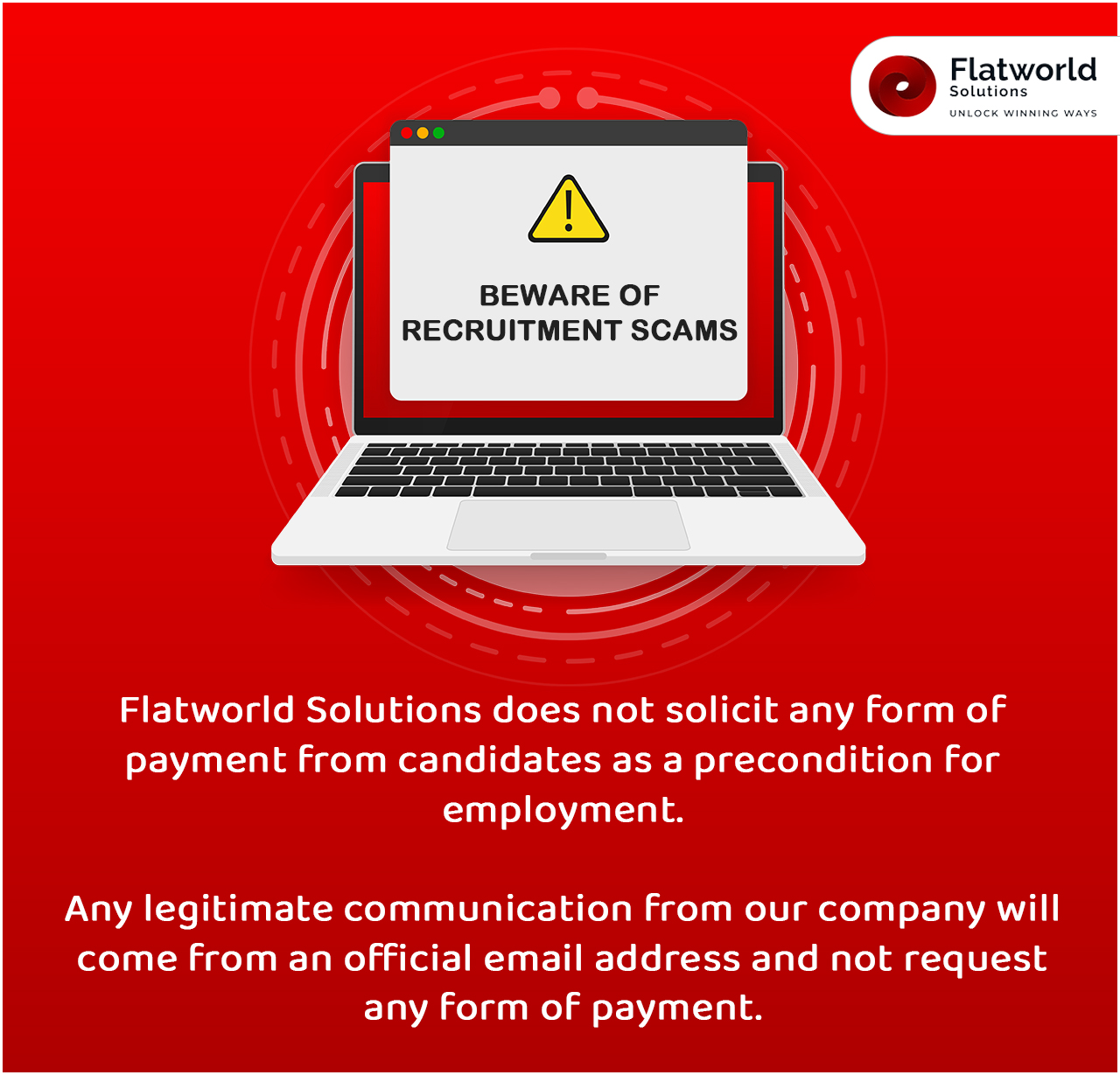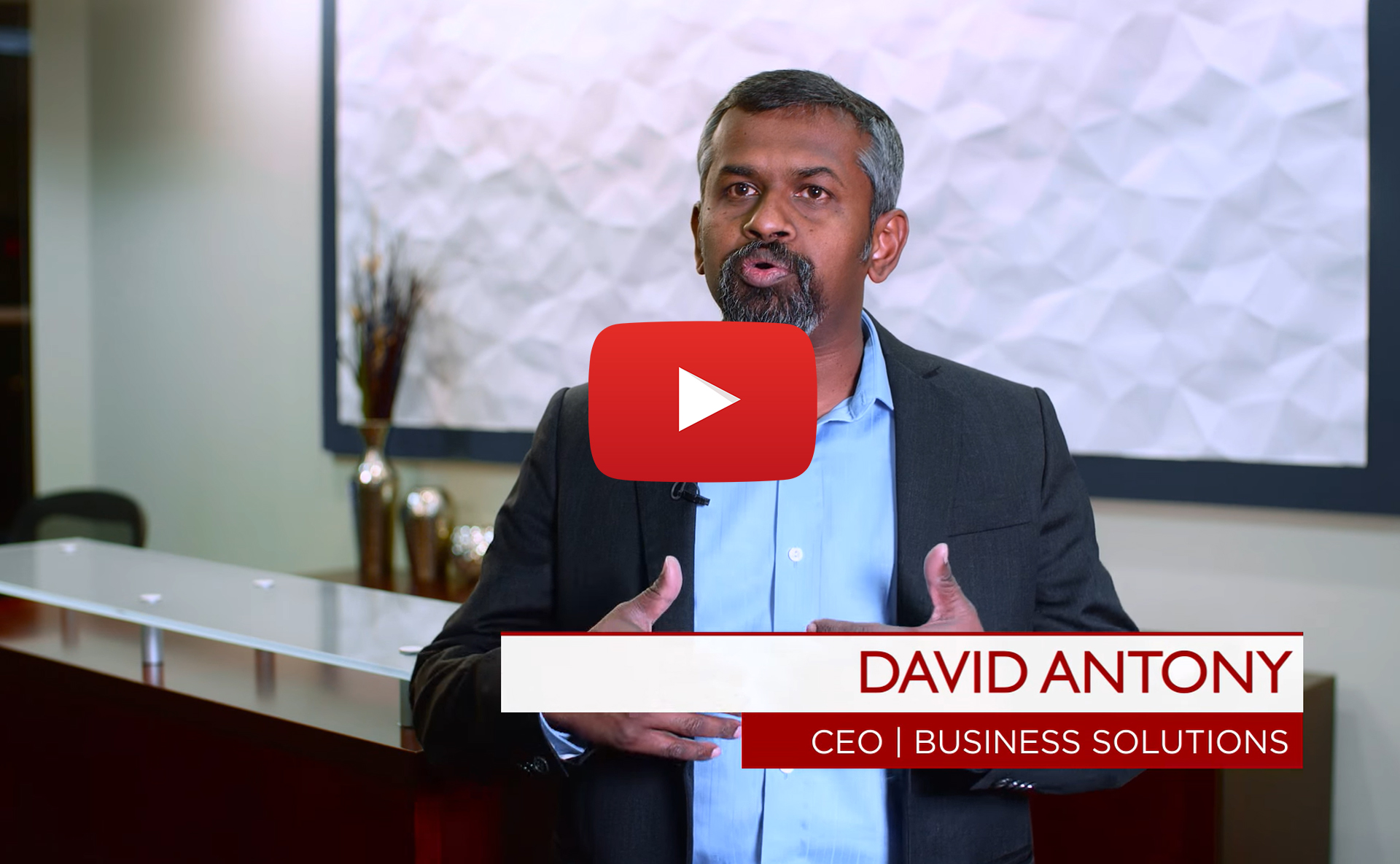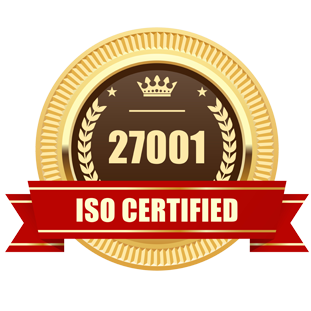A recent study by Oxford Executive Research shows that the companies that have recovered from major operational IT disasters have increased their share prices by 5% on an average versus the market, while the companies that struggled to regain their operations experienced a 20% drop in their relative share value. This is the reason why organizations want to mitigate IT risks and improve the return on their investments in information systems by handling corporate risk management more efficiently.
As the world moves towards digitization with technologies evolving day by day, the threats and risks on the Internet also continue to increase. All our data, confidential files, bank statements and even our critical personal information is often saved on our systems or would have shared it with someone via the Internet. As we all are a part of this digital world, all our information is available in the digital format. Similarly, an organization's data also resides in their systems and is carried around within their servers. It is important to safeguard this data in order to mitigate IT risks.
What is an IT Risk?
There are several important files that contain critical and confidential information of a company. With business rivals and hackers around, it is important for the businesses to safeguard this data and prevent them from getting their hands on this sensitive information. Data on the Internet or on company's systems and servers is quite easy to break into and steal if it is not protected carefully, in a secure manner. Besides, considering how important data is, adequate steps must be taken with respect to IT risk management to avoid losing confidential information and data. Following a few best practices for IT risk management can substantially increase Shareholder value.
Developing Awareness about the Possible IT Risks
Considering the reality of IT risk management, it is important to develop awareness about the possible threats. Today, there are several ways to develop awareness against IT risk. Companies can begin with establishing the types of risks that they could have a possible threat from, and then clearly define what they expect from a robust and efficient risk management framework. These include -
- Having processes in place which can be followed in the event of potential loss of data or information, and ensure its recovery
- Employing stringent security measures to prevent security breaches, disallowing access to people who have broken in or are not authorized to access confidential information
- Awareness about different types of cybercrimes, hacking, internal breaches or computer terrorism must be created amongst all employees working in the organization
- Staying prepared for hardware and/or software malfunction, a condition where inaccessible or lost data cannot be recovered within the sufficient time, can also serve as an efficient measure to manage IT risk
- Being prepared to manage scalability issues is one of the important tips for corporate risk management. Inability to migrate to new major applications in a cost-effective manner due to bottlenecks and silted architecture can make it difficult to scale up the business. Therefore, businesses must be prepared for such kind of scalability-related risks
Understanding the Impact of IT Risks
In a situation where data has been compromised, IT security has been breached, and risk can no longer be prevented, companies must quickly shift gears and move ahead from an awareness stage to understanding and assessing the impact of the looming risk.
- They must take necessary measures to manage risks efficiently, causing little or no business downtime
- Client needs to understand the probability of an event that could trigger similar risk and analyze how it relates to the time value of the exposure, if such risk occurs again. At this stage, the threat of the attack should also be understood completely
- Any information that is lost should be retrieved at the earliest
- Logistics need to be looked into and preparations have to be made for the next stage, to decide which method or what steps need to be taken to manage the risk
- A company must have a full view of how exactly the breach was done and what exactly was targeted
Best Practices to Efficiently Manage IT Risks
IT risks have different causes and hence different approaches must be followed when it comes to managing and mitigating them. The type of security breach and the way in which the data is tampered must be understood. Next, a suitable method must be followed to manage the risk. Broadly, managing IT risks requires a combination of efficient process, advanced technology, skilled resources, and information.
- In the instance of a security breach, a risk management strategy has to be brought into effect immediately. In an event where a company is unable to manage the risk on its own, they can transfer it to a risk management agency. This is a common step taken by companies, especially where there are several parties involved. In this case, a third party will manage the risk, end-to-end
- Mitigating a risk is one of the most common techniques used in IT risk management. Companies believe in mitigating the risk rather than analyzing the likelihood of it happening. The actions are broadly the same while some tasks are assigned to specialists to mitigate the risk and sometimes the tasks are divided among the employees or departments to minimize the impact of risk. Companies usually end up using this method as it is a more economical and practical, and only a little training and slight change in the way some tasks are done can help in diminishing the possibility of risks
- In a few rare cases, a risk turns out to be a positive one. Instead of transferring or mitigating the risk, the company would want to exploit the risk to their benefit and yield positive results
- Companies always have some prior information and have methods to manage risks if it occurs. Their employees and managers are often updated with the best practices for IT risk management to prevent more damage and regain their operations without much difficulty
Aligning Costs
With millions of dollars being invested into IT risk management, companies expect their people and technology to be at the forefront to prevent and mitigate IT risks. As IT budgets are constrained, bigger companies need to make sure they are not over-investing or under-investing in risk management.
- Utility computing has evolved over the past few years, where the role of the IT with respect to business evolves from a cost center to a service center
- Utility computing can be started by identifying valuable IT assets and tying these assets to critical business processes. Then, the IT environment can be redesigned to gain efficiency in resource utilization and administrative productivity. After this, the applications are classified and the vendors are finalized for server hardware and storage
- Then, the time and the labor required for managing the environment can be reduced by automation
- Finally, a true service provider model can be implemented and the service level delivery can be equated with the costs by charging back or allocating to the business units
There are many other ways in which companies can align the costs of IT risk management to processes that would not make a huge dent in their IT security budgets.
Partner with Flatworld for Reliable IT Risk Management Services
Managing and preventing IT risks for several companies across the globe effectively for over 22 years, Flatworld Solutions has emerged as one of the most reliable software development companies. Our staff is well-versed in providing IT risk and security management services to companies of all sizes, across various industry sectors. We offer high-quality services within a quick turnaround time at cost-effective rates. By partnering with us, you can ensure complete IT security and also stay updated with all the IT risk management best practices. We also provide long-term security tips and guidelines for IT risk management.
Contact us to share your IT risk management requirements with our security experts and help us better understand your project needs.
Contact UsAvail best-in-class services at affordable rates
Our Customers





Software Development Case Studies
-
Flatworld Implemented a ServiceNow Solution for a US-based Award Winning Firm
-
FWS Provided Swift and Impeccable ServiceNow Implementation Services
-
Flatworld Provided Power BI Services to a UK-based Data Analytics Firm
-
Developed an e-Learning Platform for a Global IT Organization
-
Bilingual OpenCart e-commerce Solution for Canadian Boat Manufacturer
3rd Edition Middle East Banking AI and Analytics Summit

USA
Flatworld Solutions
116 Village Blvd, Suite 200, Princeton, NJ 08540
PHILIPPINES
Aeon Towers, J.P. Laurel Avenue, Bajada, Davao 8000
KSS Building, Buhangin Road Cor Olive Street, Davao City 8000
INDIA
Survey No.11, 3rd Floor, Indraprastha, Gubbi Cross, 81,
Hennur Bagalur Main Rd, Kuvempu Layout, Kothanur, Bengaluru, Karnataka 560077






